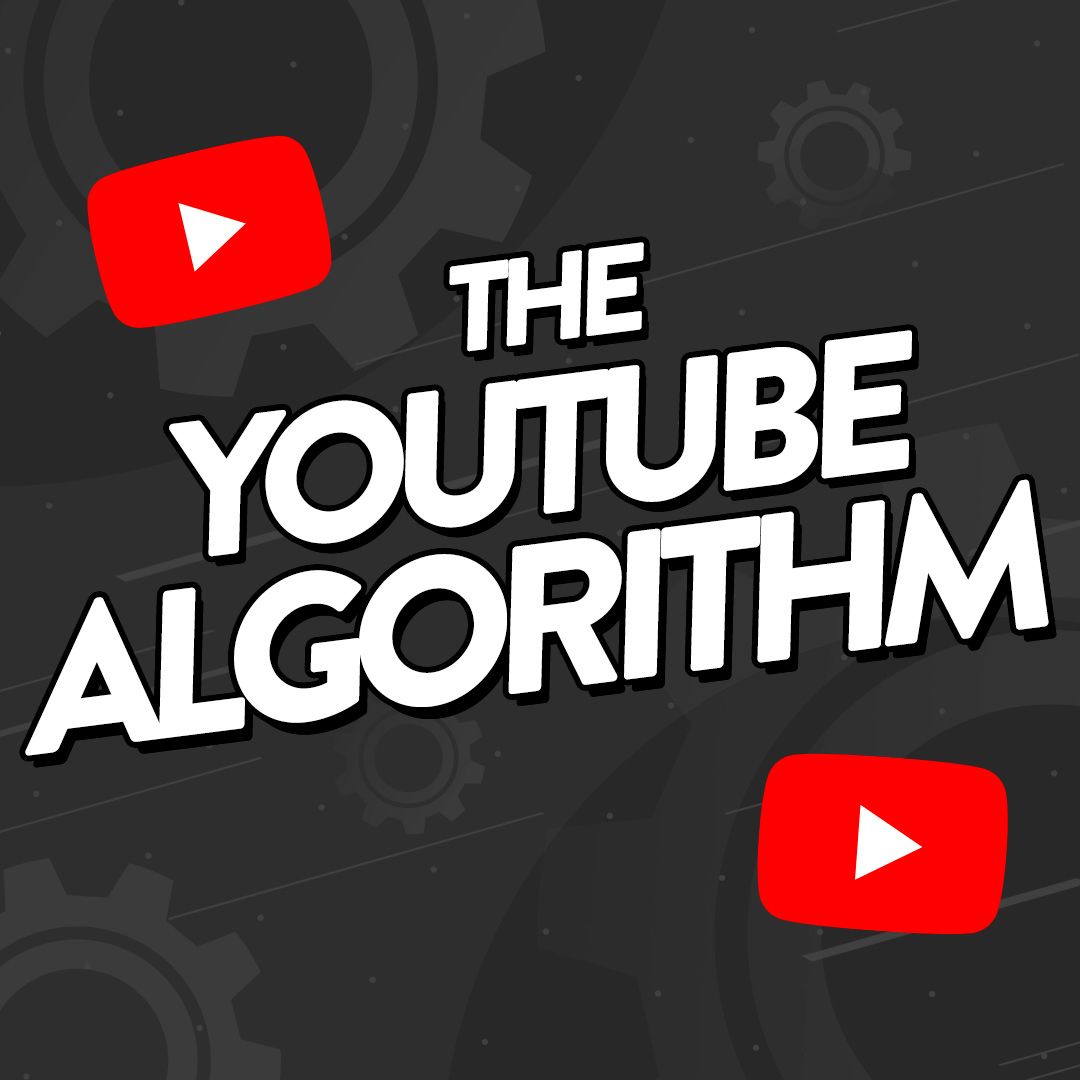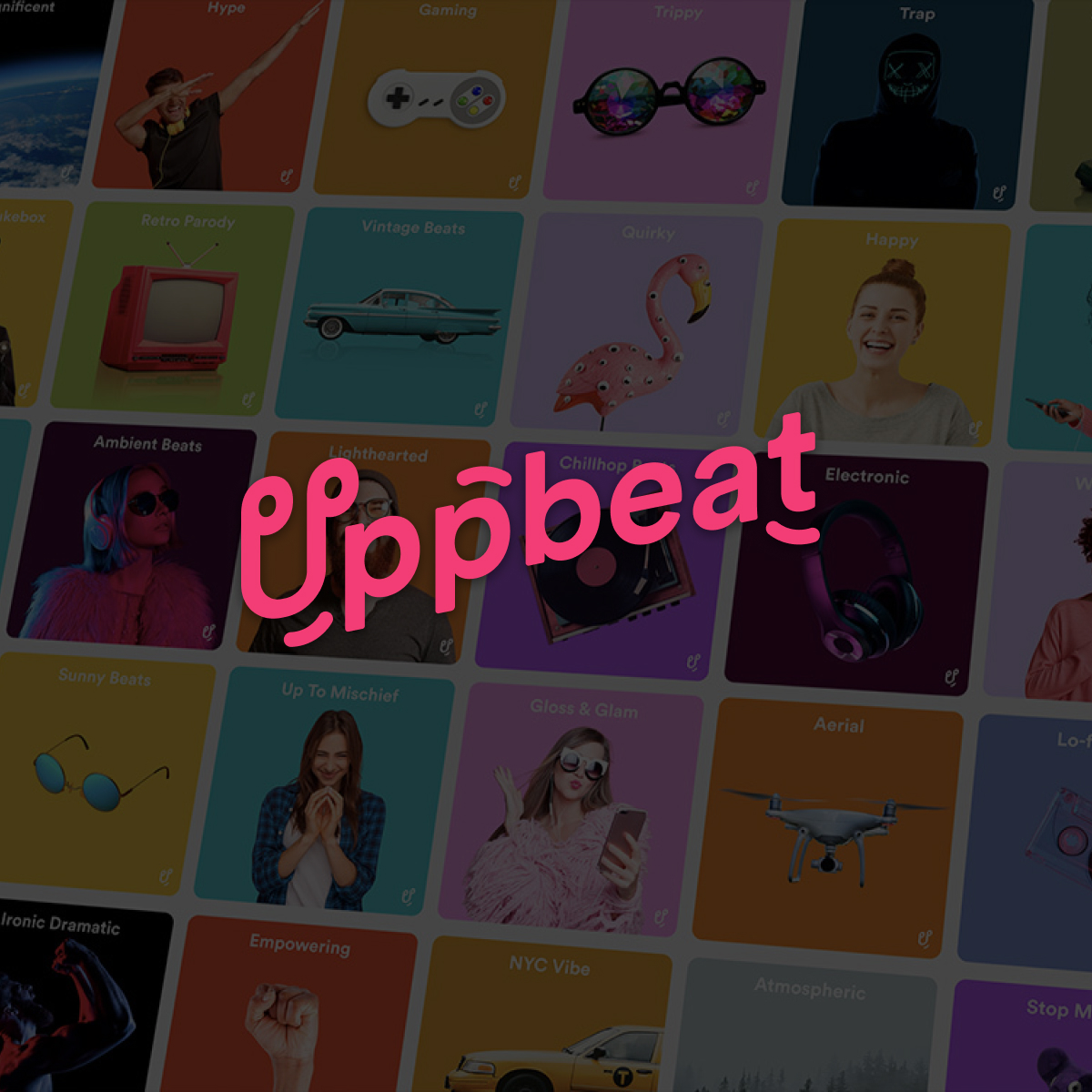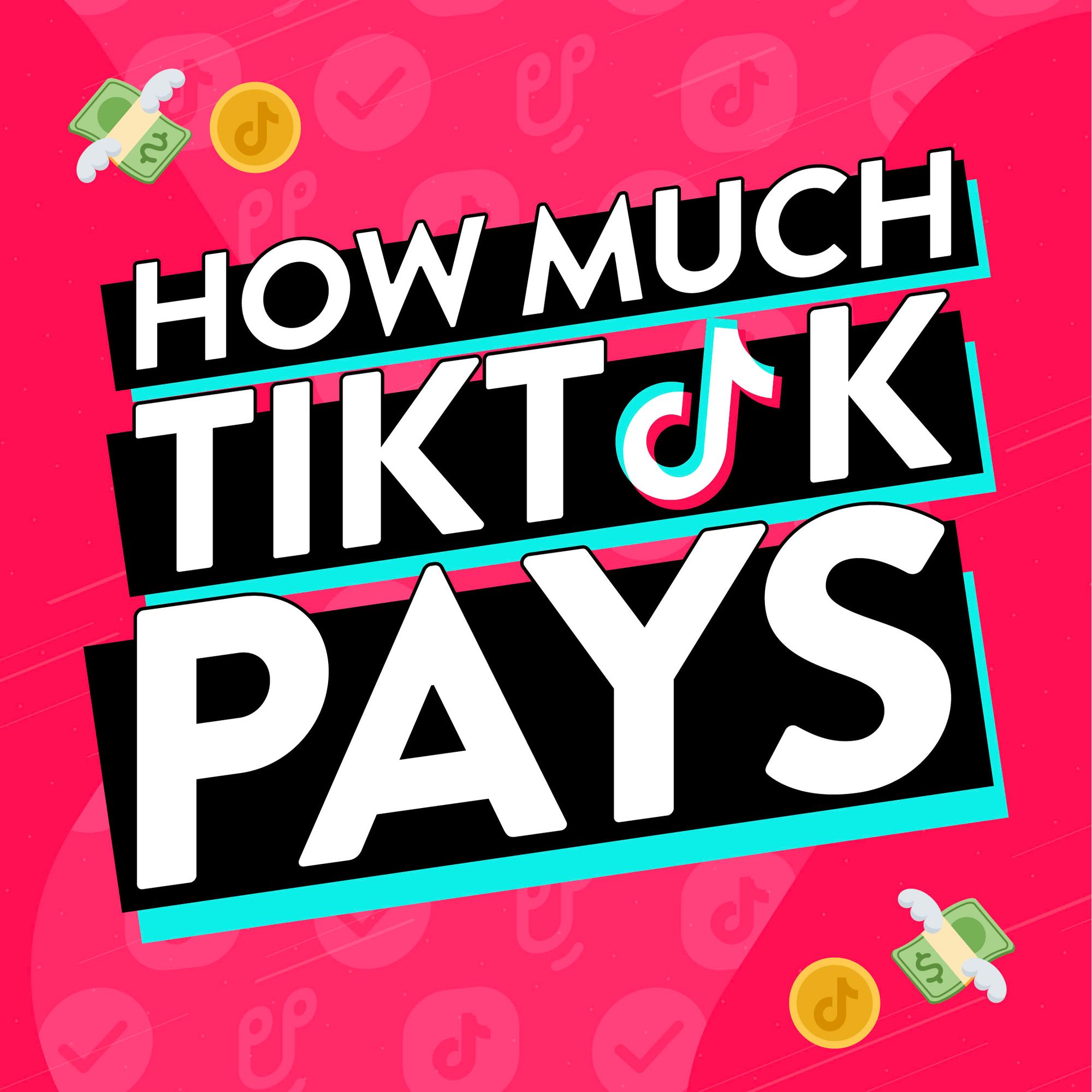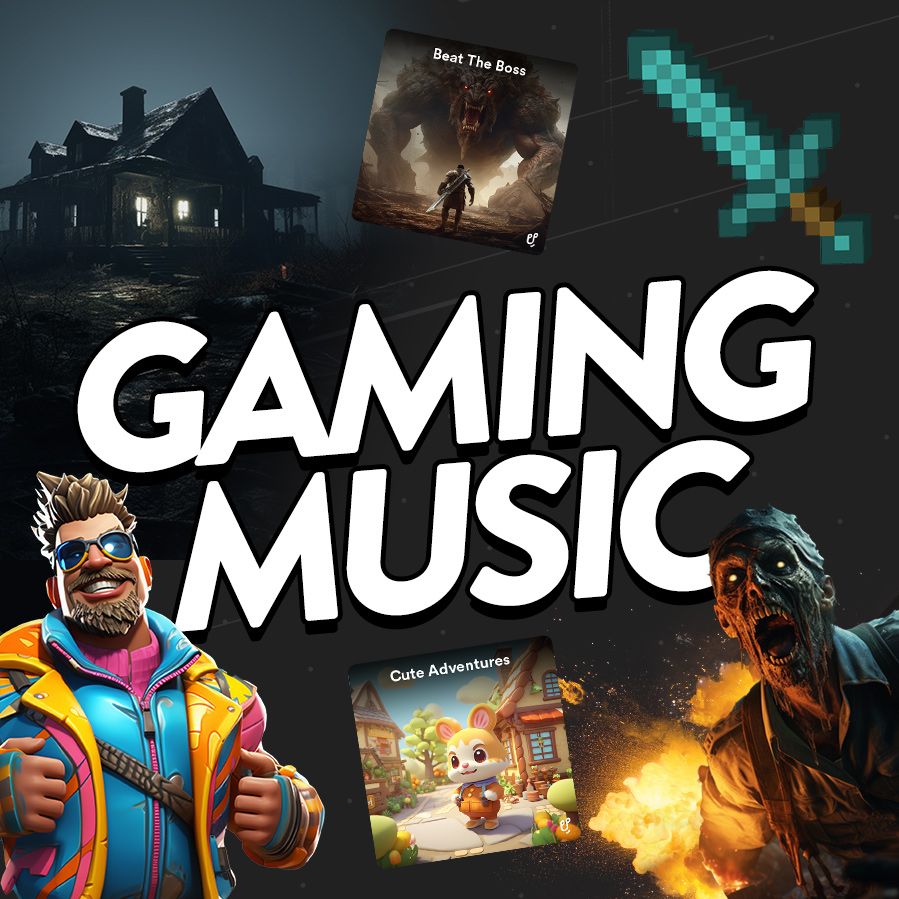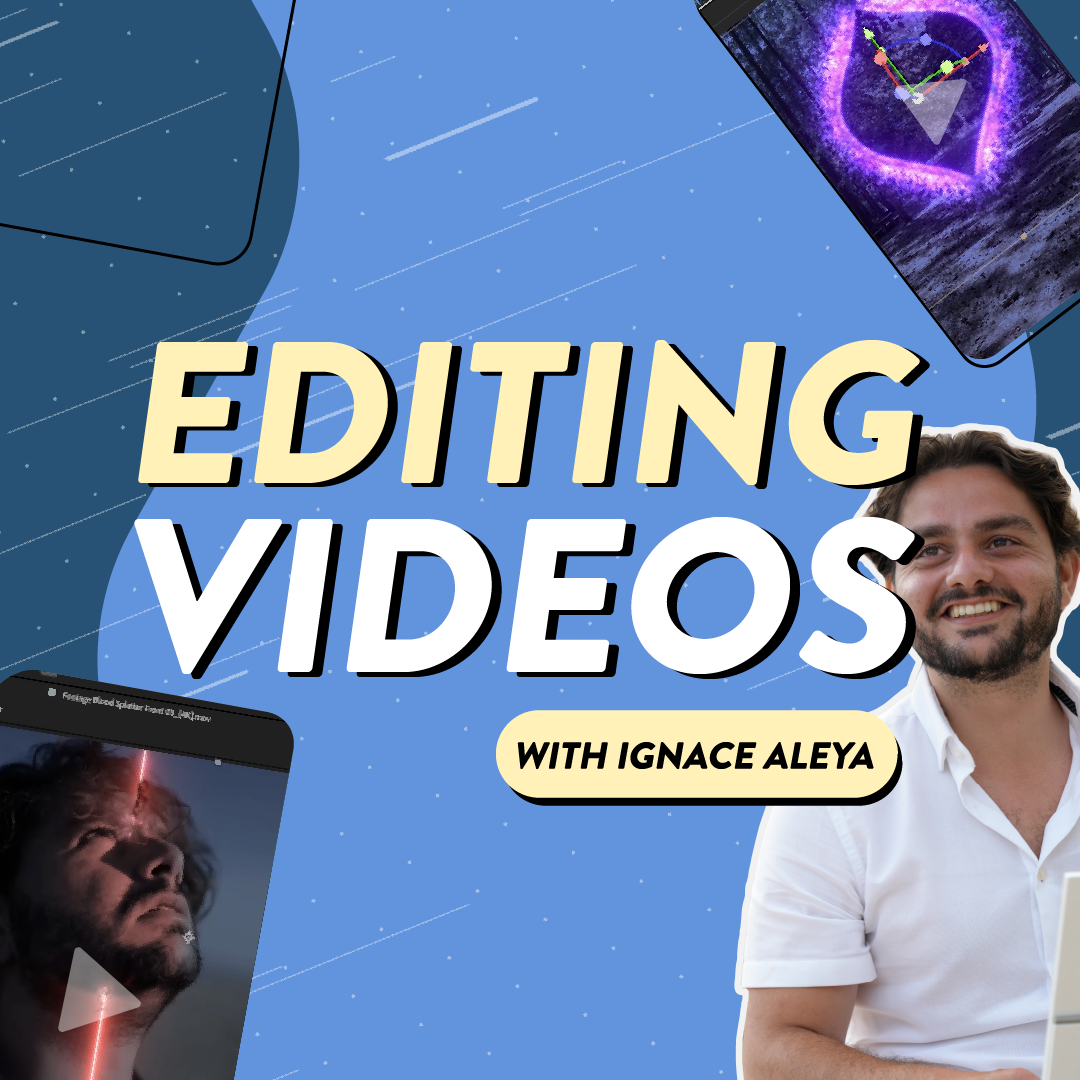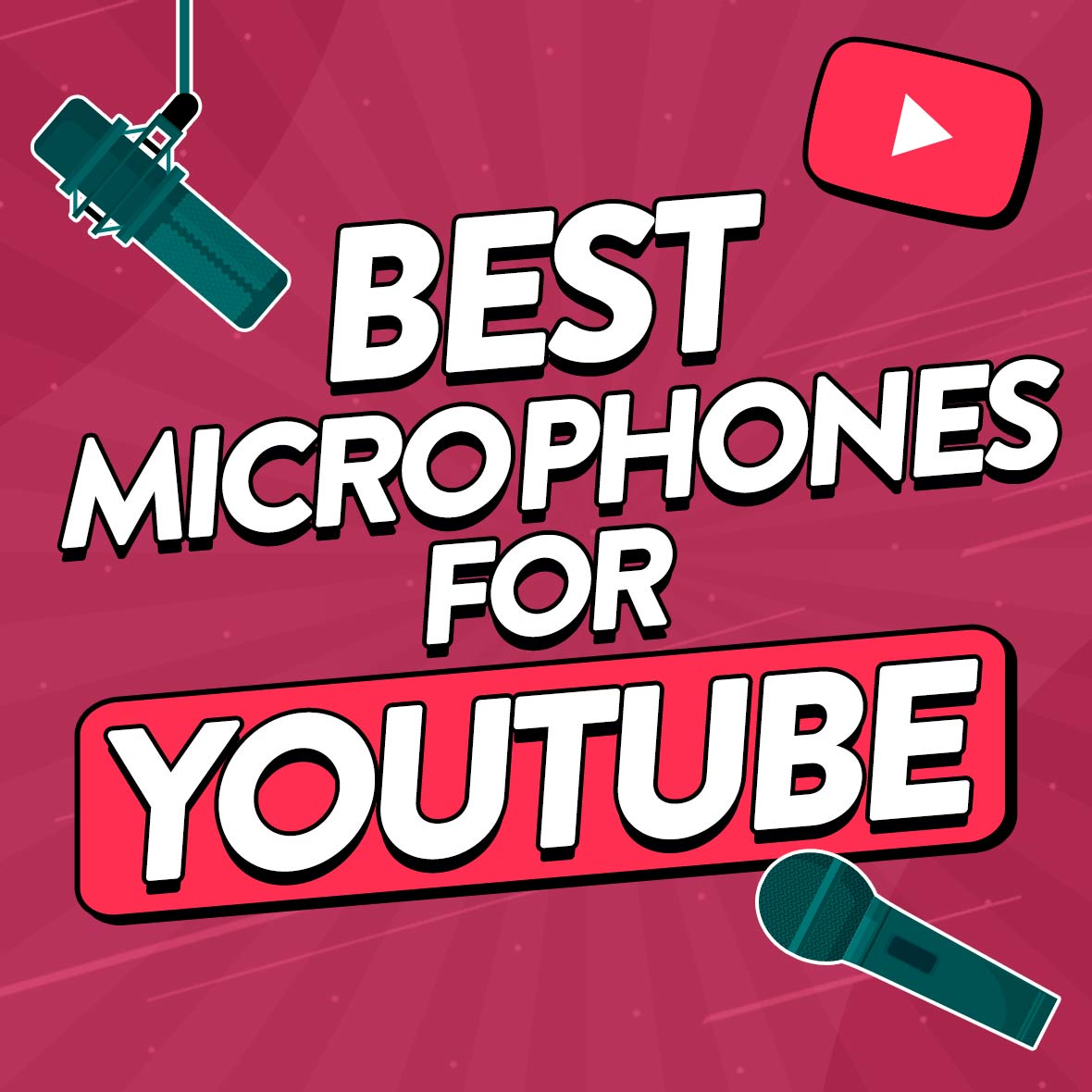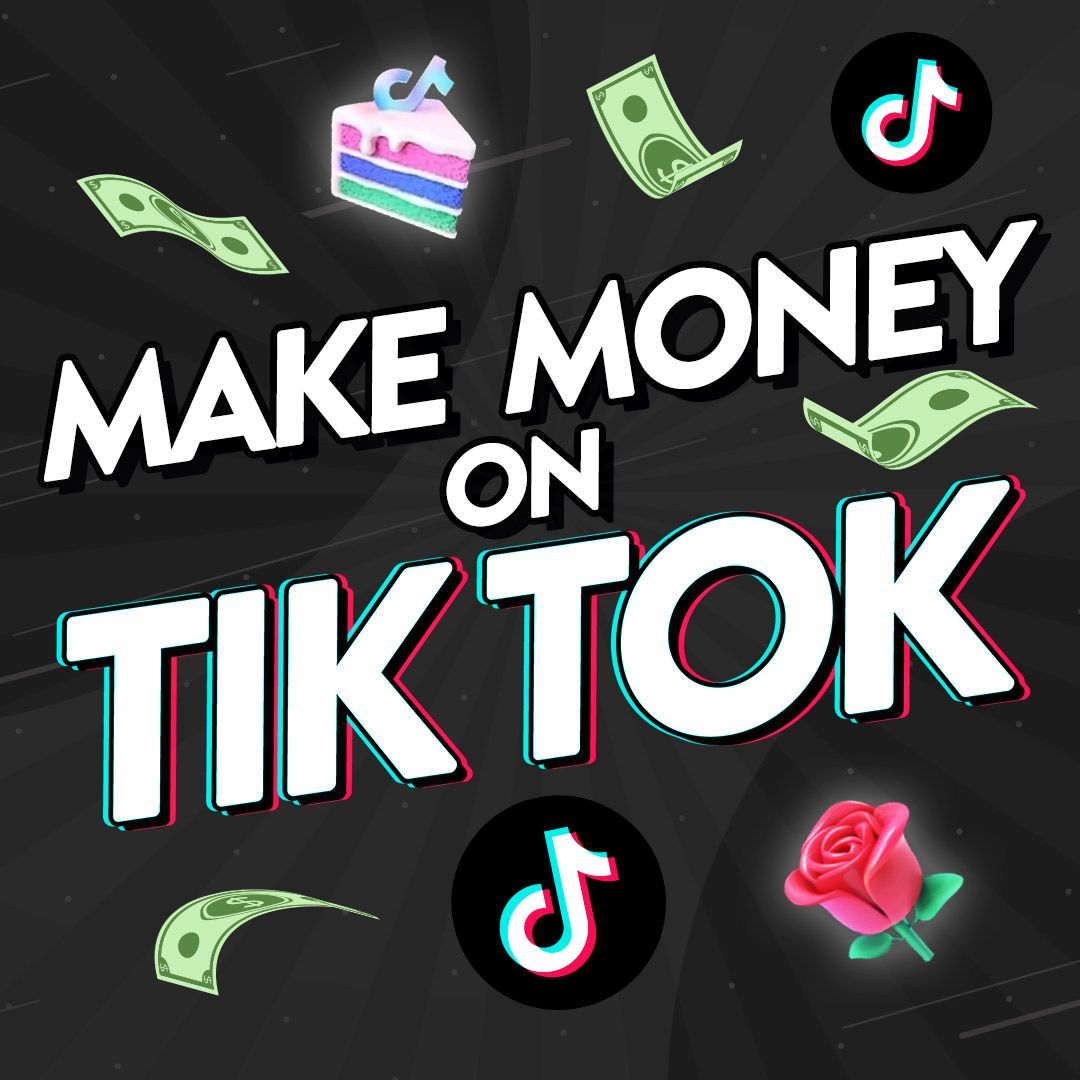As a YouTuber looking to grow your channel and get more views, you may have come across other creators talking about the YouTube algorithm and wondered what it is exactly.
The further down the algorithm rabbit hole you go, it can start to get confusing. You’re likely to find people making outlandish claims about how something as trivial as the color of your thumbnail can make a huge difference to views.
We’re here to strip back the nonsense and tell you what we know for sure about the YouTube algorithm. Read on to find out how it works, what you can do to help it boost your videos, and why you’re looking at the algorithm all wrong!
- What is the YouTube algorithm?
- How does the YouTube algorithm work?
- YouTube's homepage: Serving great videos
- Suggested videos: Finding your future faves
- Search results: Giving you what you want
- The YouTube Shorts algorithm
- 7 tips to get the algorithm to boost your videos
- Make the algorithm work for you!
What is the YouTube algorithm?
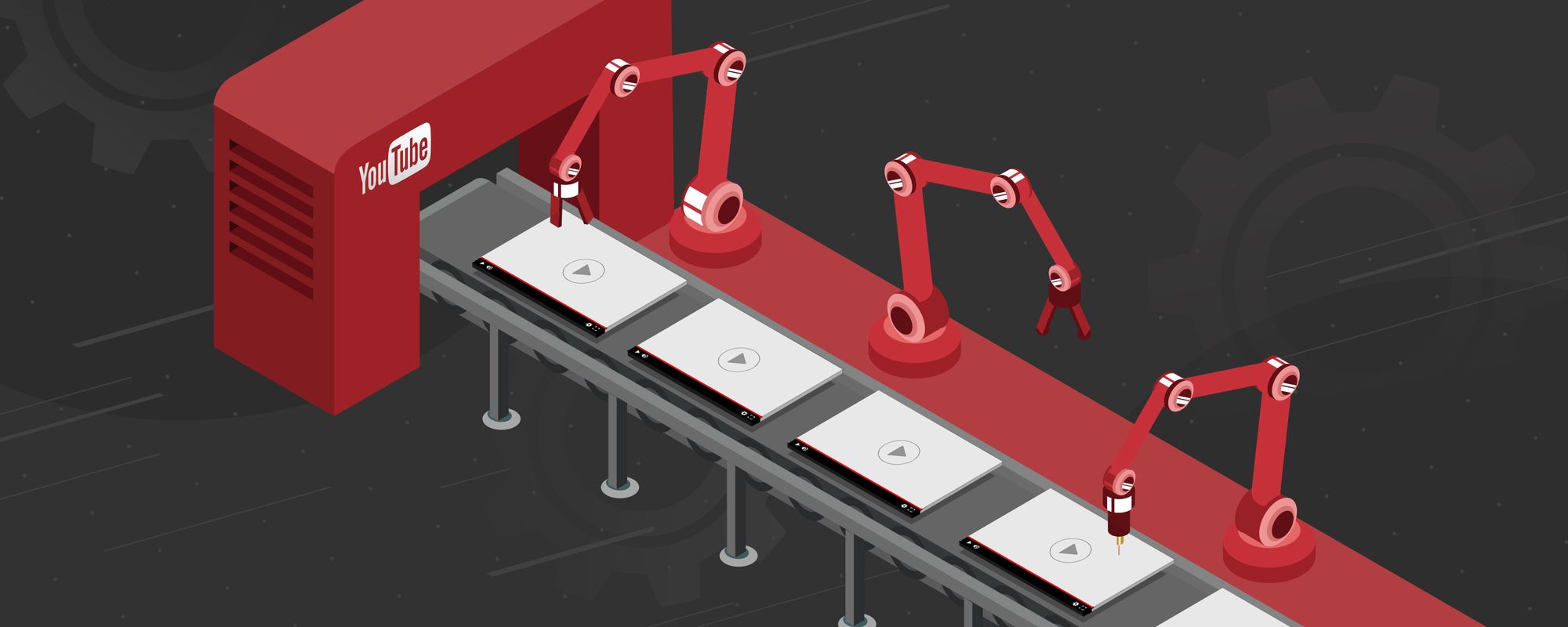
The YouTube algorithm is a clever AI system that selects which videos it recommends to anyone who visits the platform. If it sounds complicated, that’s because the YouTube algorithm is extremely complicated. But to put it simply, it does two things:
- Match viewers with videos they’re more likely to enjoy ❤️
- Recommend videos that keep people watching longer 👀
A common misconception is that the algorithm is there to find an audience for your videos, but YouTube explains it differently. The entire purpose of the algorithm is to find the right videos for YouTube’s users, depending on what they love to watch. If your video doesn’t match what the algorithm would recommend to viewers, it’s not going to push your video to those people!
Now you know that the algorithm concentrates on serving YouTube’s users, as opposed to finding the right audience for your videos, you can learn how to use the algorithm to your advantage.
How does the YouTube algorithm work?
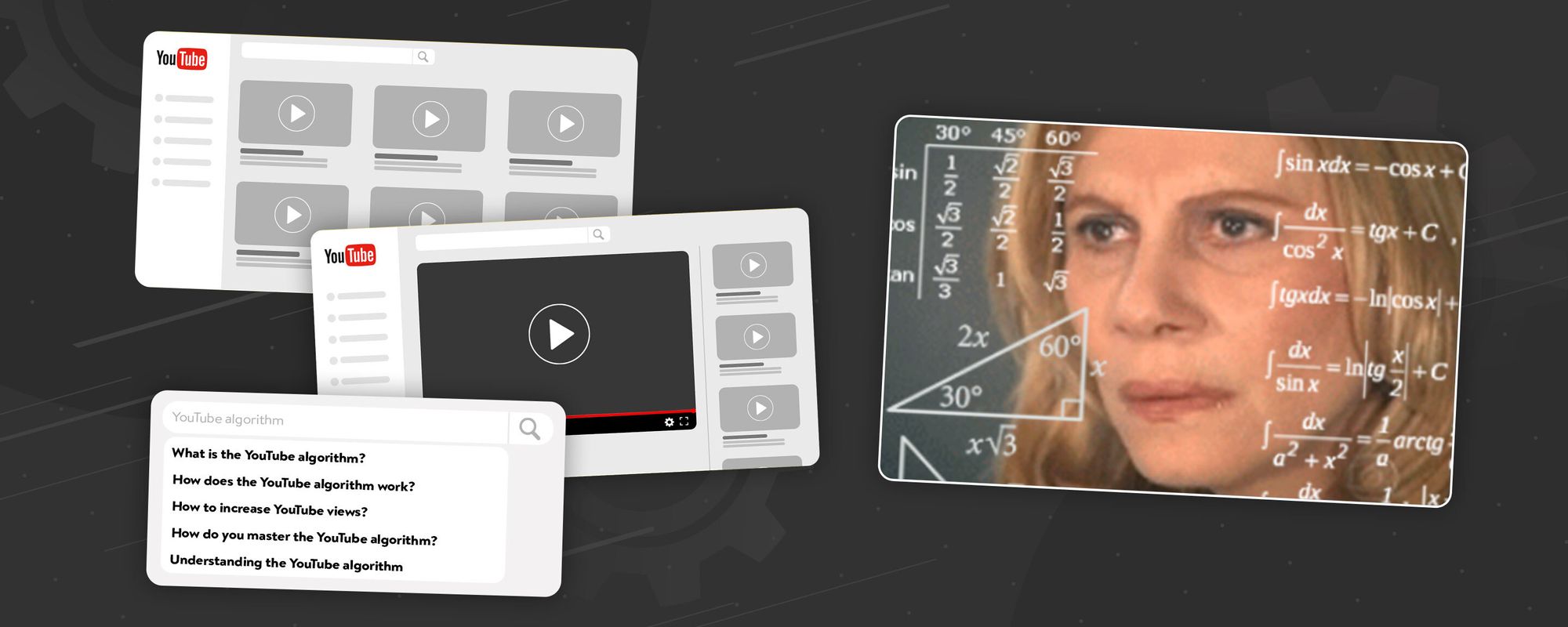
To debunk another myth around the YouTube algorithm, it isn’t simply one system that controls the whole of YouTube. There are actually three different algorithms which each work slightly differently. And then there’s YouTube Shorts on top of that! Let’s look at them one by one.
YouTube's homepage: Giving you great videos
When you head to YouTube, you’re greeted by a wall of ready-made content. Chances are, you’re already interested in most of it, right? The homepage is personalized in this way for every single user.
YouTube’s job here is to get you watching awesome videos as quickly as possible. It makes you want to dive straight into its content by serving you a fully-customized homepage packed with videos that it knows you want to watch.
How does it do this? YouTube gathers signals from the way you use its platform, like what you’ve watched previously, how long you’re watching for, and what types of content you particularly enjoy.
Suggested videos: Finding your future favorites
When you’re on a YouTube session, how often do you end up watching way more videos than you’d intended to? YouTube wants to tempt you to click on the next video and keep you on the platform as long as possible. That means serving you more of the videos it knows you’ll love!
To find videos that you’ll find irresistible to click on, the algorithm will group together content that’s on a similar topic and commonly watched together. If someone’s watched several medieval reenactments back-to-back, you better believe YouTube will have their next jousting fix ready to go!
Search results: Giving you what you want
Ever noticed how sometimes a YouTube video search is more useful than hitting up Google? Why trawl through tons of ads on a recipe website when you can watch the Babish Culinary Universe whip up the perfect mac & cheese instead!
YouTube is just behind Google as the world’s second biggest search engine, and it’s constantly getting better at answering your search queries. After all, its goal is to serve you the information you’re after so you don’t leave the platform.
But how can YouTube know which videos will have the right answers? It combs through each and every video to find text that can give it clues, including titles and descriptions, tags and chapters. Even subtitles generated from the content can help give YouTube a clearer picture of what a video is about!
YouTube takes this information and combines it with insights about what content you might have enjoyed previously, before deciding which videos to show in the search results.
The YouTube Shorts algorithm
Anyone who’s been on YouTube Shorts will tell you how easy it is to get sucked into a scrolling session. And with 30 billion daily views worldwide, you’re not alone in getting lost in YouTube’s short form content!
The Shorts algorithm works in a very similar way to its sisters on the main YouTube platform. It wants to achieve the same aims, targeting you with enjoyable content that keeps you hooked for longer.
For everyone that visits YouTube Shorts, it’ll take information from their watch history, the content they’ve interacted with and the channels they follow. It’ll even factor in the types of content watched by similar viewers!
Of the videos that are a match for that person, YouTube will rank them based on things like watch time and engagement, before cherry picking the best, most relevant Shorts. That’s why you get a fully-customized experience every time, and why it's so difficult to put your phone down sometimes!
7 tips to get the YouTube algorithm to share your content
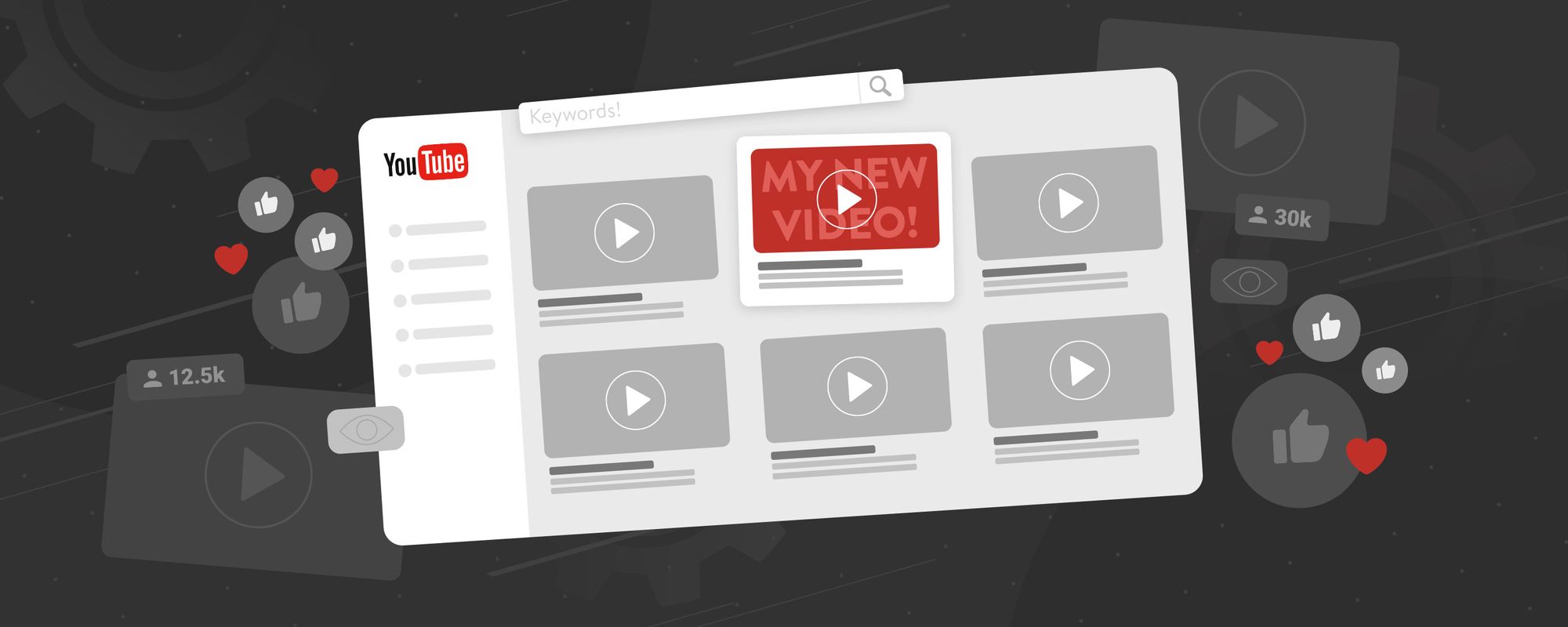
Now you know what the algorithm is focused on, you can make sure your videos are more likely to get shown in YouTube’s recommendations. Videos are way more likely to do well if they entertain people or answer their search queries!
The main thing to keep in mind is that YouTube’s two aims are to show you videos that you’ll enjoy and to keep you watching for longer. If you can help YouTube achieve those goals with your videos, the algorithm will help you unlock new audiences.
Want to know how to tame the algorithm? Watch Cody Wanner pick out two creators that have made the algorithm work for them. Or jump down to our top tips for getting YouTube's algorithm share your videos further.
1. Keep your viewers watching for longer ⏱
One of the biggest signals YouTube looks for when ranking videos is how long people watch for. It’s simple, if someone enjoys your content enough to watch to the end, YouTube will rate it higher than a video that people click off after a few seconds.
As soon as anyone is bored with a YouTube video, you better believe they’re clicking away. So be ruthless and cut out anything that doesn’t need to be there! Set out what viewers can expect in a super punchy intro. Deliver on what you’re promising to them, and pace your edit to keep people interested from the first second to the last.
It’s good practice for any YouTube video, but if you can follow these simple steps and keep viewers in the palm of your hand, the algorithm will favor your content.
2. Hook viewers with your title and thumbnail 🎣
Making sure you stand out from the crowd is especially important on YouTube where you’re competing for people’s eyeballs with millions of YouTubers. A stand-out thumbnail and attention-grabbing title will help to increase your click-through rate.
A high click-through rate shows that people are interested in your video. Combine that with a longer watch time and YouTube really sits up and takes notice. You’re showing the algorithm that your videos are hitting the sweet spot – they’re drawing in viewers and keeping them entertained.
Think about it, you could have the perfect video but if you’ve given it an uninspiring title and a forgettable thumbnail, no-ones going to click on it. And if people aren’t clicking, they’re not watching either!
3. Use keywords to climb the search rankings 🔍
Giving YouTube clues about what your video is about will help the algorithm find people who want to see your content. Embrace YouTube SEO and make sure you’re using the most relevant keywords that’ll help people find your videos.
The YouTube algorithm looks at everything, including your title, video description, chapters, the tags you use, and the video itself. Feed it as much information as possible so it can share your content with its ideal audience. That means including relevant keywords wherever you can!
Put it this way, if you’re sending YouTube the right signals about your poodle grooming videos, it’s sure to find the right group of doggo lovers to enjoy them.
4. Make consistent, relevant content 🤙
When you’re watching a video, YouTube wants to recommend similar content to keep you watching. If you follow that logic, it makes sense to keep the content on your channel on a consistent theme.
Say you’d carefully built an audience that loved your surfing content. They’re not going to be as interested if you then posted a cupcake baking video. The bigger problem is that the algorithm would see your dedicated audience of surfer dudes aren’t watching your latest video.
The result is that YouTube would see this drop-off in watch time and will second-guess serving your next upload to other potential viewers. Make it easier for the algorithm to suggest your videos to the right audience by keeping your content in the same ballpark.
5. Point viewers towards your other videos 📣
What do you and YouTube have in common? You both want people to watch more of your videos, so it makes sense to use all of YouTube’s features to keep people watching for longer. And here’s two top tips to do that.
- Group similar content into playlists so people can binge watch it all in a single session
- Use end cards to gently nudge people towards more videos and build up your views
Don’t be afraid to literally tell your audience which video to click on either. It’s a natural way to introduce more content that they’re likely to be interested in. If they enjoy your suggested video they may hit that subscribe button too!
If people stick around your channel for longer, YouTube will see that your videos keep viewers watching and reward you by pushing your content to more people.
6. Build your audience 😍
There are no quick wins when it comes to building your audience, but the more viewers you have, the more YouTube’s algorithm will be able to identify who is loving your content.
It’s important to recognize that numbers aren’t the be-all and end-all here. A smaller subscriber base that engages with your channel and watches videos all the way through is better than millions of subscribers who hardly watch anything you post.
The point is that the watching habits of your existing viewers are part of how the algorithm identifies your potential new viewers or subscribers. The stronger your fanbase is, the better YouTube can identify more people who will love your channel.
7. Keep going! 🙌
The YouTube algorithm is complicated, but there’s no need to second-guess how you can keep it happy. Remember that YouTube is constantly learning about its audiences and what they’re looking for from the platform.
Even if you don’t get instant results, keep following these steps to have the best chance of winning over the algorithm. As long as you’re making great content that connects with your audience, the algorithm will take notice in a positive way eventually.
Make the YouTube algorithm work for you!
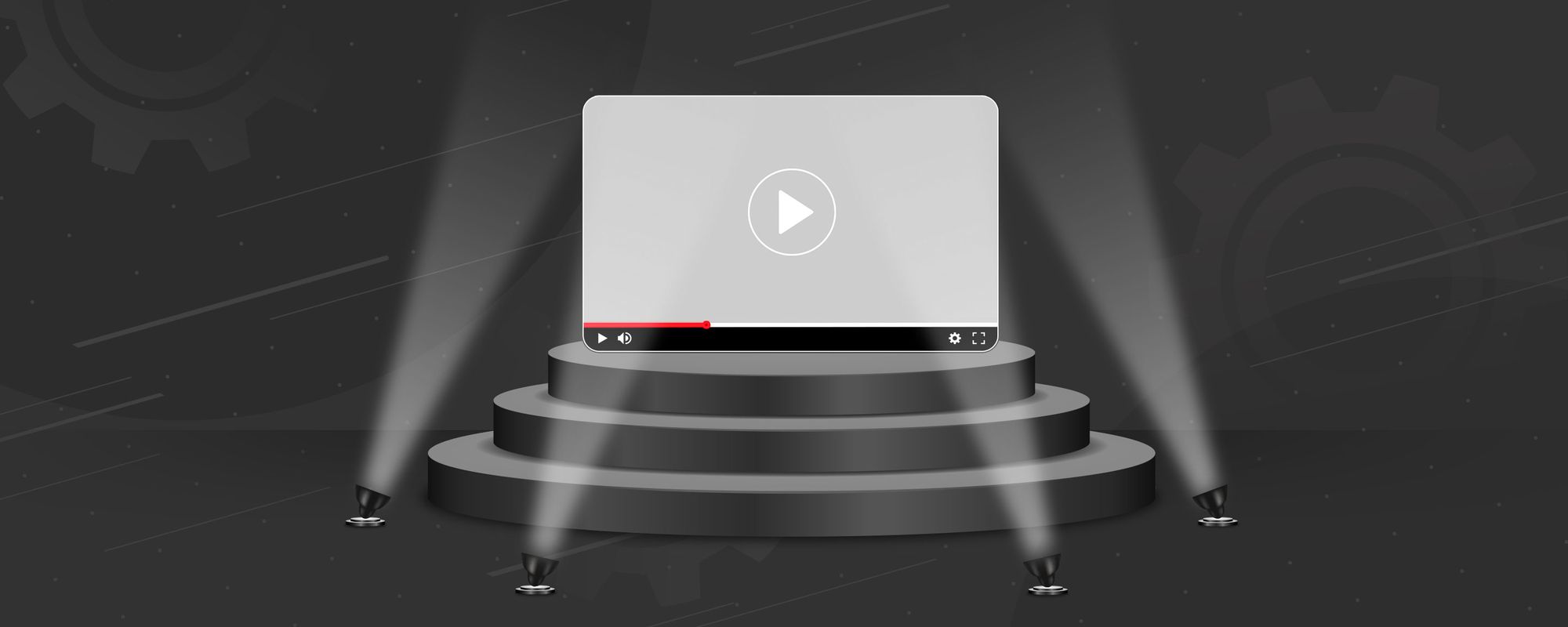
If there’s one important lesson to take away from our advice, it’s that YouTube’s algorithm is geared around giving people the video content they want, and making it easier for them to watch it for longer.
Now that you know that, you can take our actionable steps and use them to make the algorithm start recommending your videos to a wider audience.
Ultimately, to help YouTube sit up and take notice, you’ll want to grow an engaged audience who love your content, use SEO to make your videos more searchable, and continue making the best content you possibly can!
Expert guides to help grow your YouTube channel
Take your YouTube channel to the next level with our related guides on boosting your audience, racking up more views, and maximizing your monetization:
- 27 Easy Steps To Get More Subscribers on YouTube
- How to Get 1,000 Subscribers on YouTube for Free in 15 Easy Steps
- How to Join the YouTube Partner Program and Make Money from your Videos
- How to Make Money on YouTube
- YouTube Shorts Monetization: How Much Can You Earn From YouTube Shorts?
- How Much Does YouTube Pay for 1 million Views?
- YouTube RPM: What Is RPM and How to Maximize It
- How to get a YouTube Play Button: A Guide to YouTube Creator Awards
- How to Get More Likes on YouTube
- 8 Easy Steps To Get More Views on YouTube
- How To Title YouTube Videos: 13 Tips To Boost Clicks and Views
- The YouTube Algorithm: How It Works
- YouTube SEO: How to Rank and Optimize YouTube Videos to Get More Views
- YouTube Analytics: Data, Metrics and Tools to Grow your Channel

